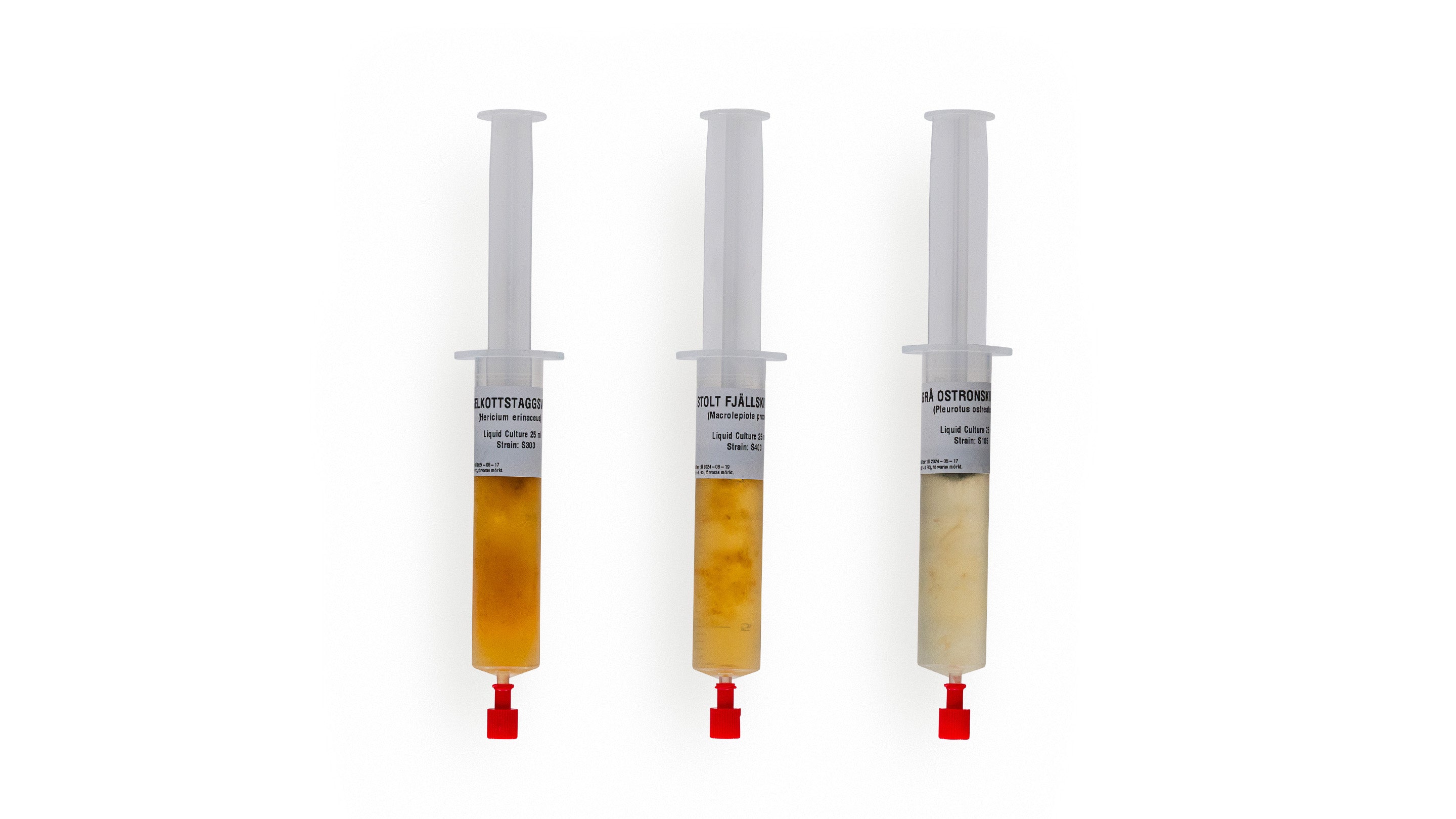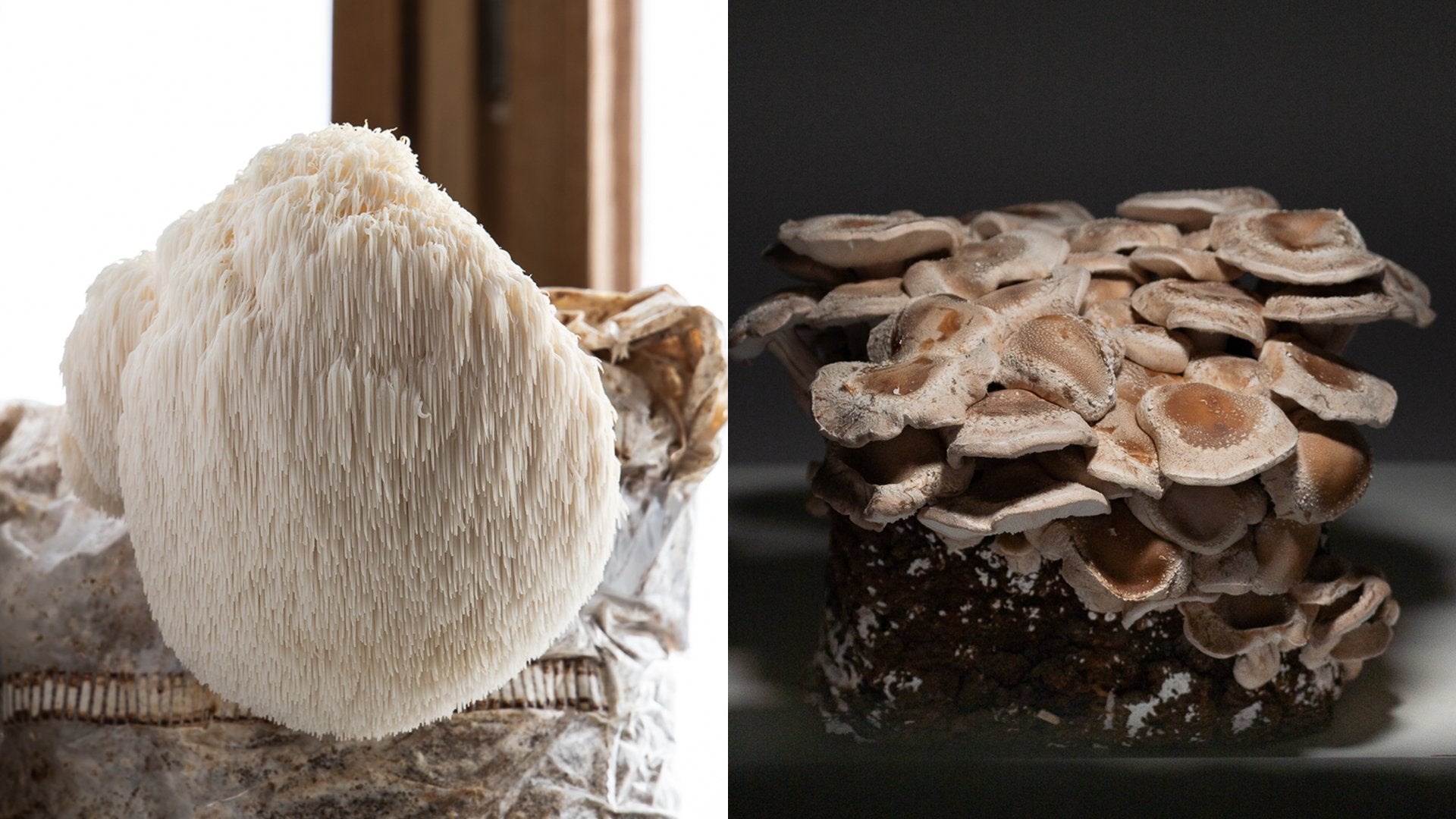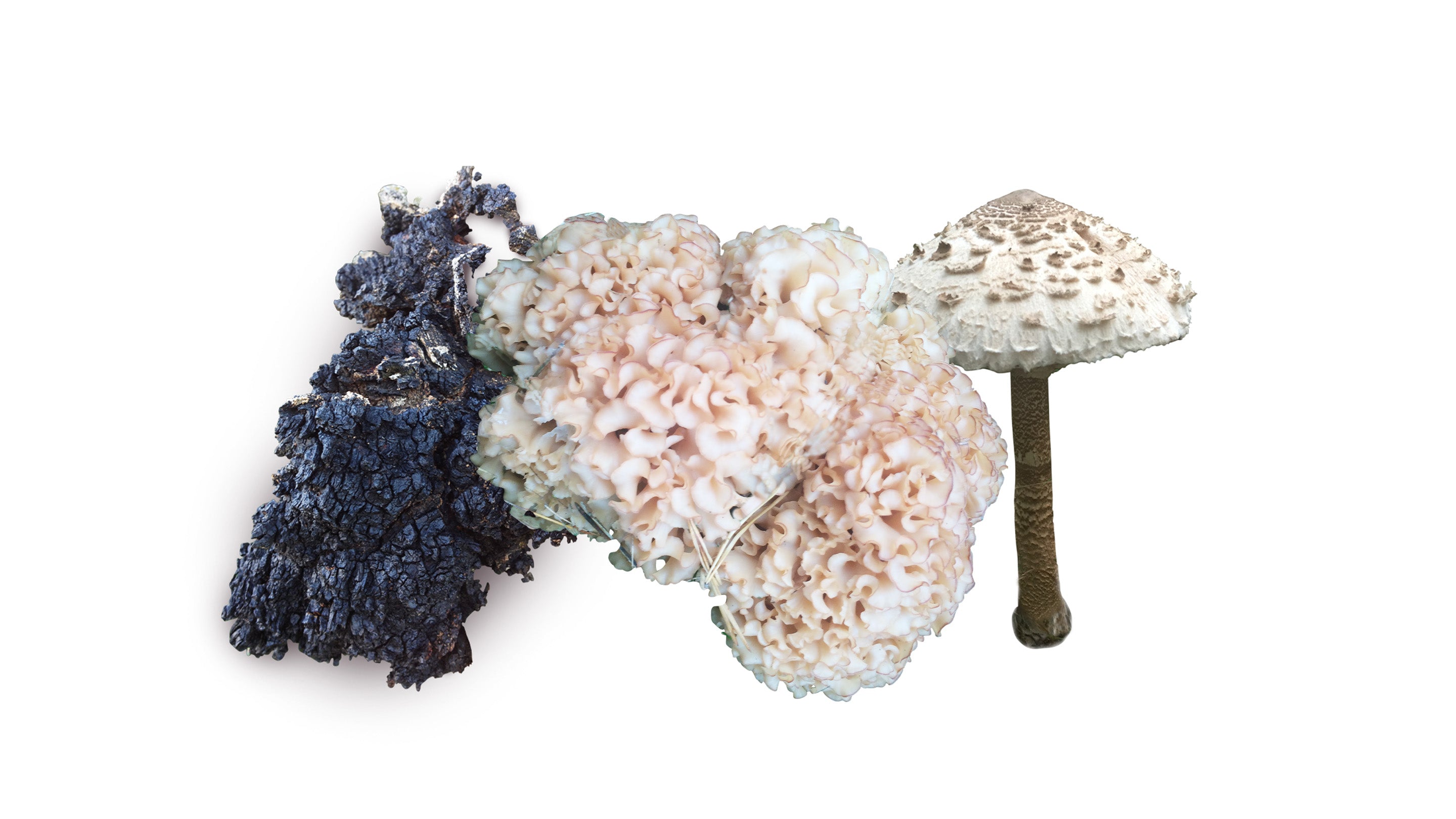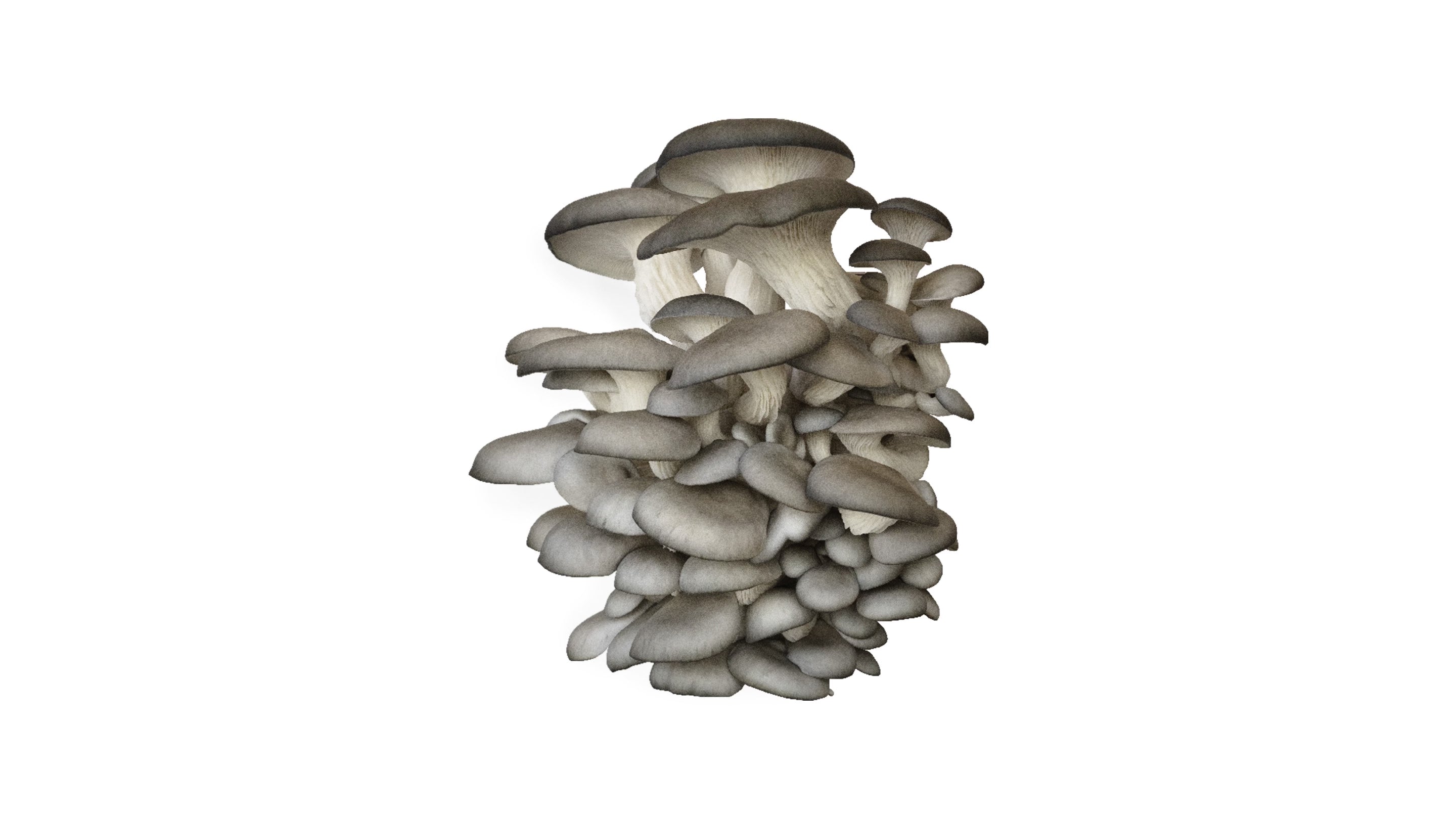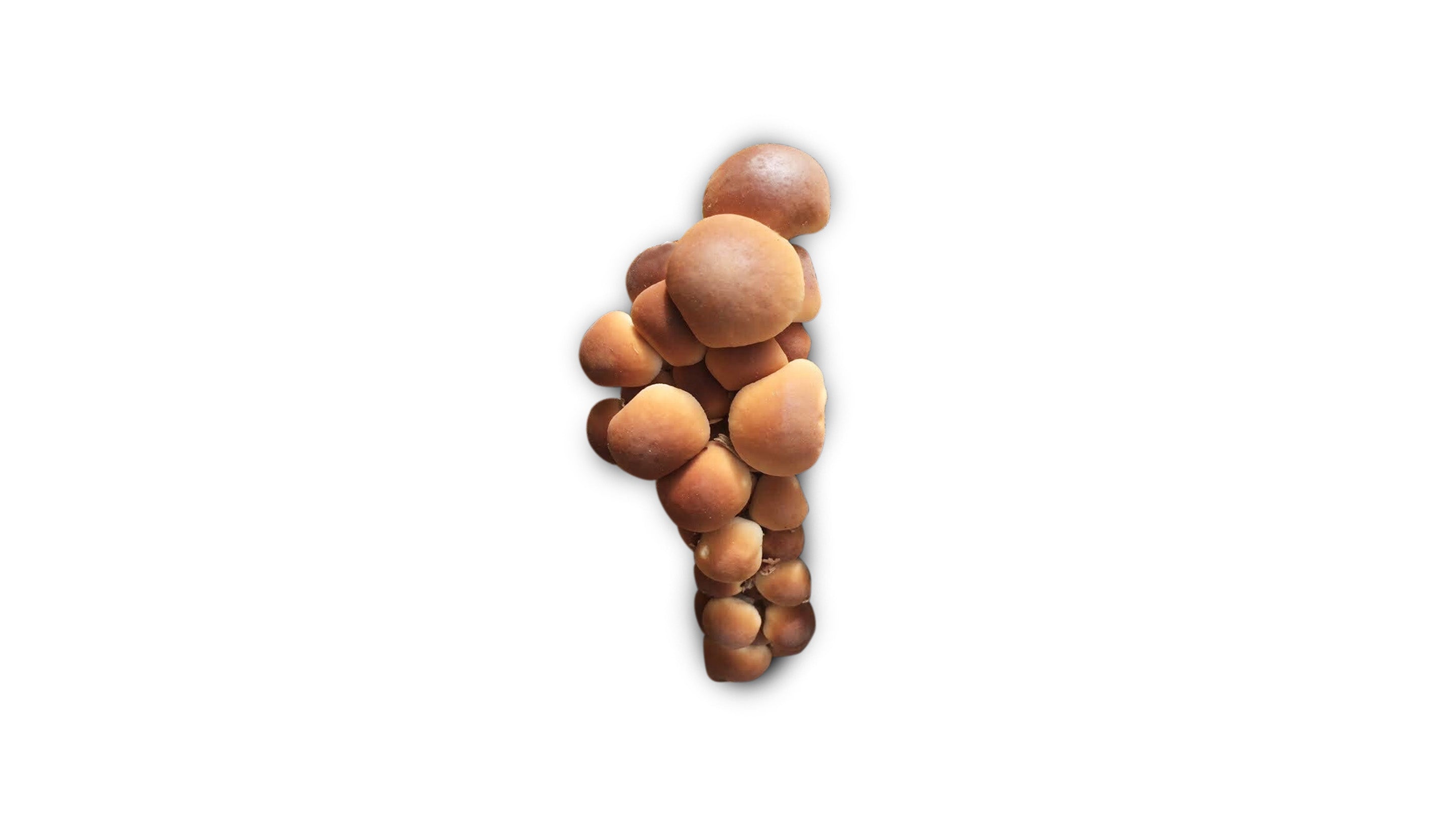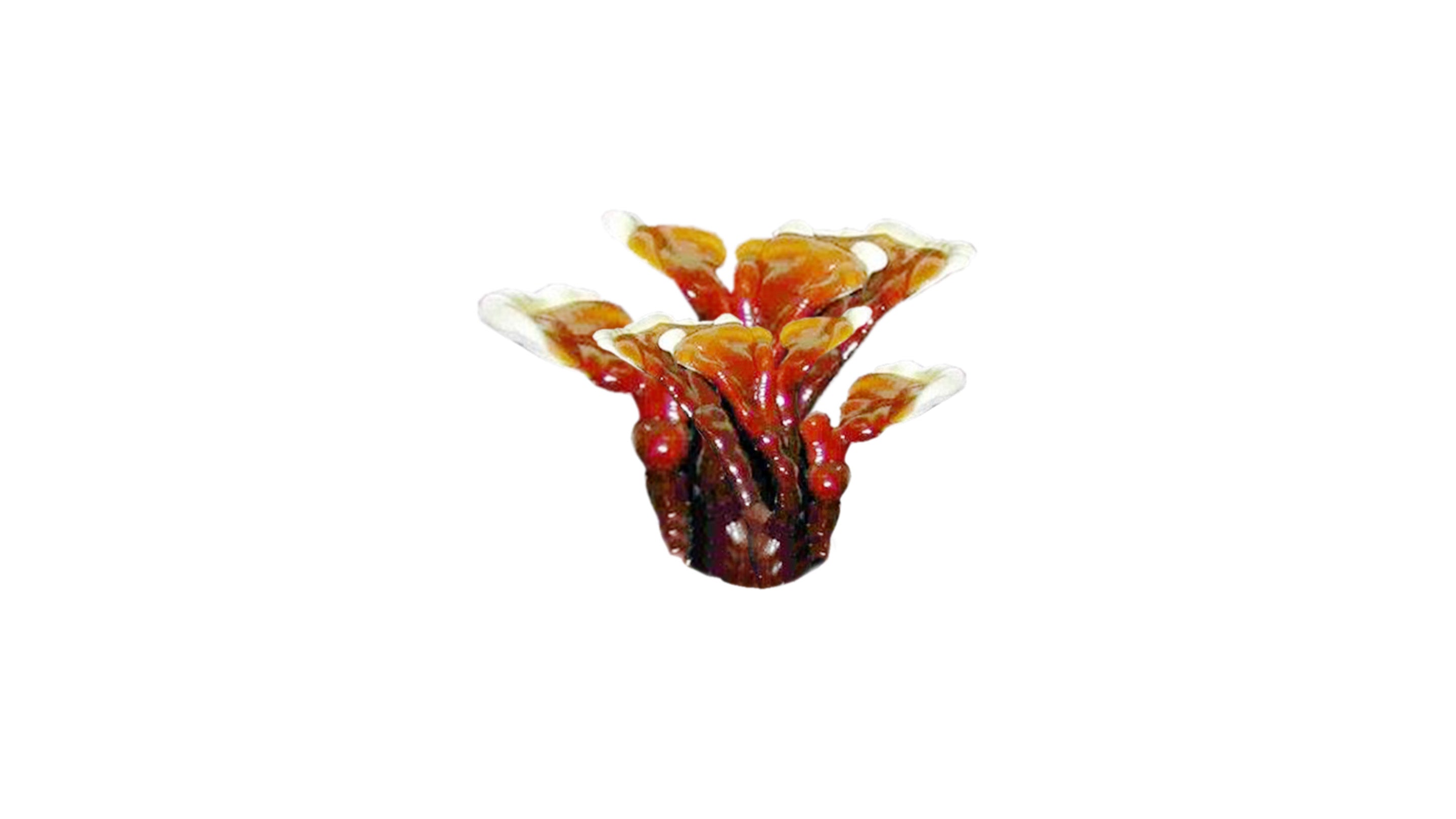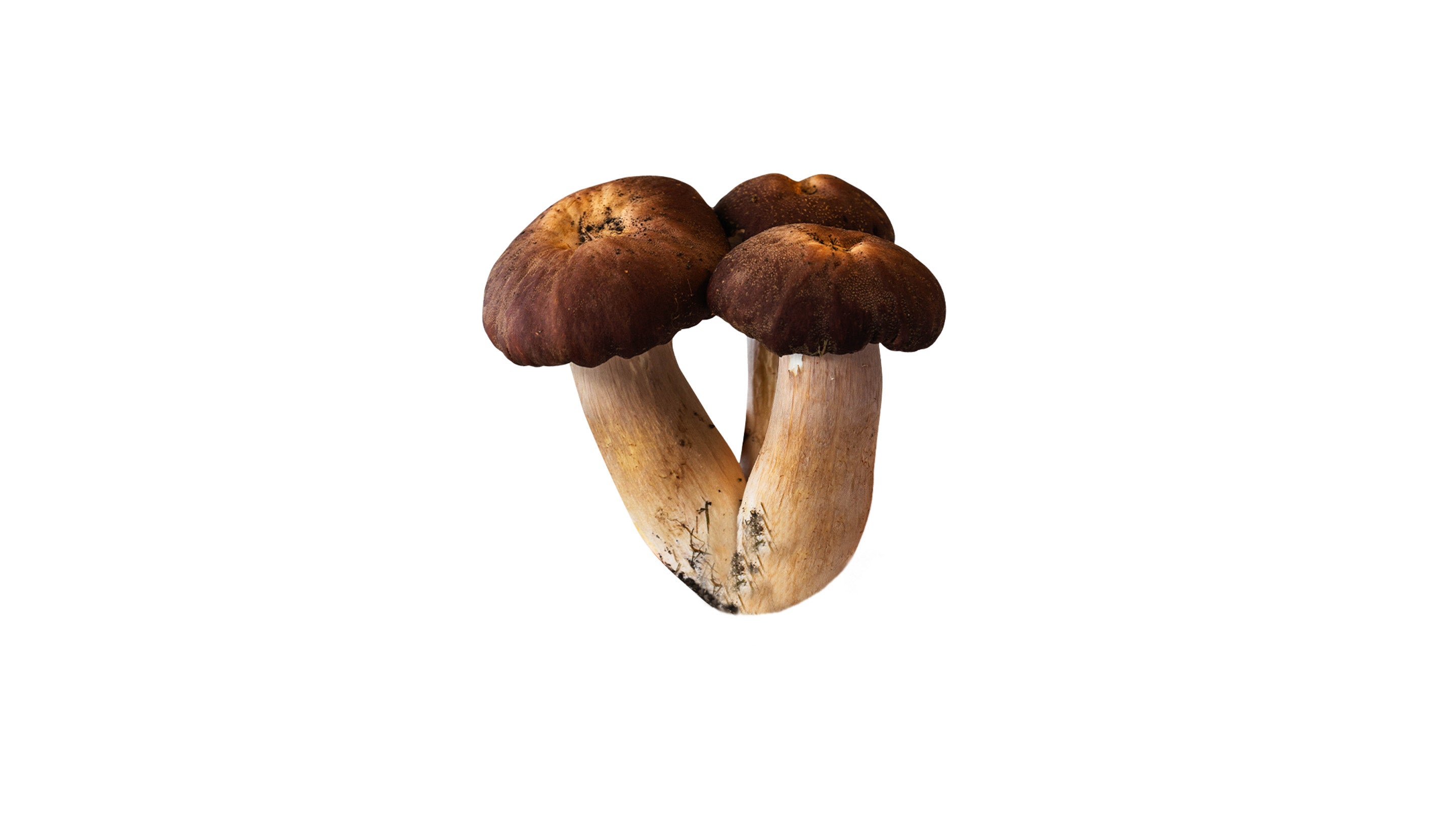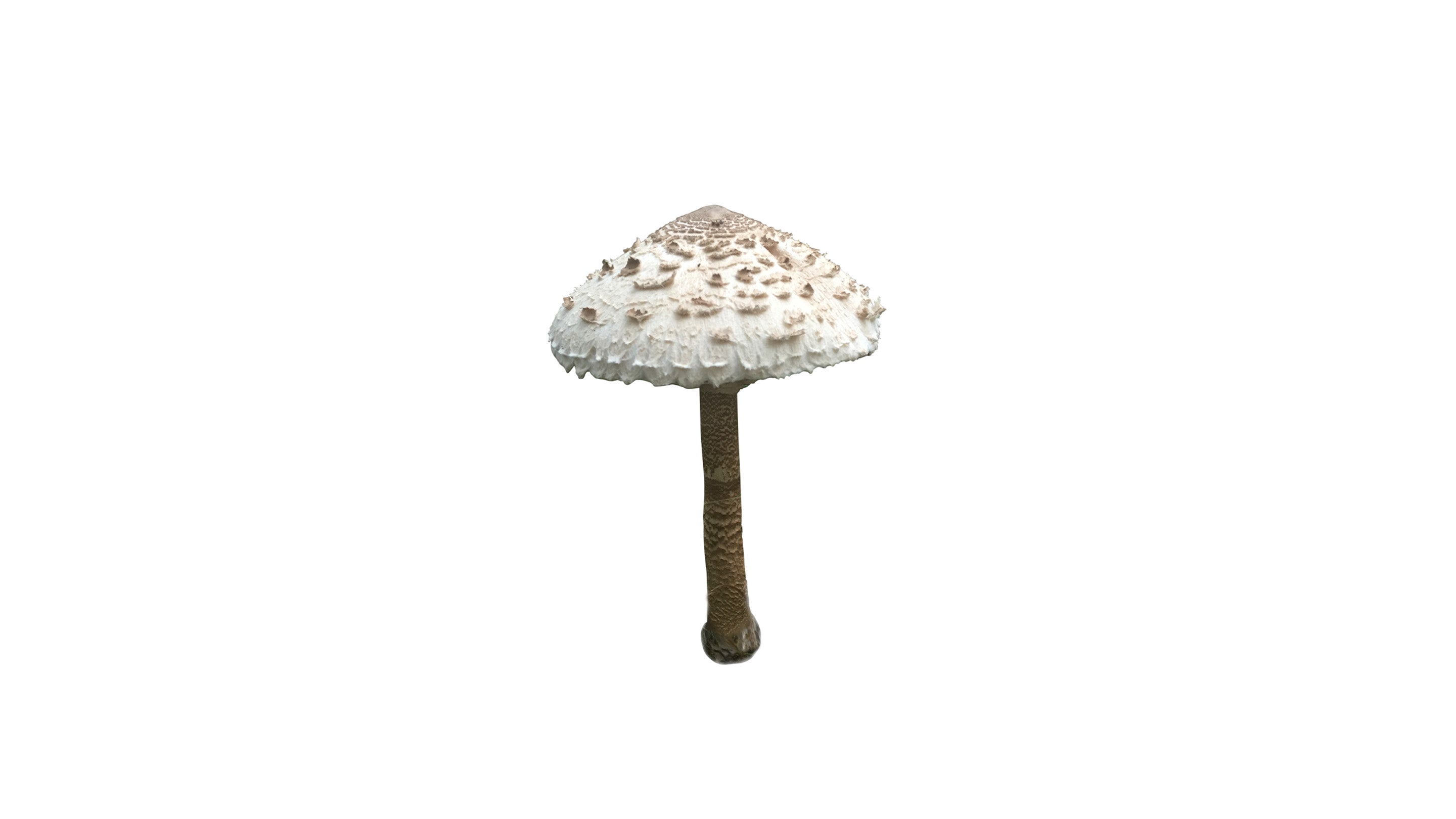The mushroom house's golden rules for mushroom cultivation
Growing mushrooms is generally very easy, and it becomes even easier if you follow the Mushroom House's golden rules for a successful harvest. These tips are based on our own knowledge and experience and we share them because we believe that you as a mushroom grower can benefit from them and enjoy them when you are about to start your mushroom cultivation.
1. The climate
Getting an idea of the climate in which the mushroom cultivation will take place can make a big difference in how long it takes and how good the harvest will be. Always aim for the humidity to be high, and for the cultivation to get plenty of air flow. Make sure that the cultivation is not placed in direct sunlight. If you are outdoors and the cultivation receives sunlight through, for example, a tree for an hour or so a day, it is not the whole world, but think about how strong the sun can be in the summer and if the temperature can be too high for the mycelium to thrive. A shady side is extra good, as is a place where the sun doesn't reach if growing indoors.
2. Clean tools
The mycelium grows fastest when it is allowed to focus on growth instead of competition. A common mistake many mushroom growers make is that they do not clean their hands and tools properly before working with mycelium and substrate. You then risk adding bacteria, mold or competing fungal species that start to grow in the substrate.
This does not necessarily mean that your mushroom cultivation will fail, but it can drag out the growth phase and tire the mycelium when it has to compete for dominance in the substrate (which can create a poorer harvest). If you use grow bags, make sure you never leave the bag open where the wind blows. It increases the risk of contamination through bacteria and mold getting into the bag.
3. The more the better
If you use fast-growing mycelium, start a mushroom house or put a plug in a log, the same applies: The more mycelium you use, the better! The more mycelium you add to your substrate, the faster it will spread and colonize, leading to faster and often stronger fruiting. The reason why it is better to use more is fascinating: the mycelium communicates between its different hyphae while colonizing, for example, a log. The mycelial network is coming as a rule not to enter the fruiting phase before all the substrate is colonized by mycelium. When the hyphae migrate and reach the edges of the log, they send signals to the rest of the hyphae and announce that there is no more to collect. When all ends of the log have been reached by hyphae and it is not possible to colonize any more, the next phase begins: Fruiting.
As a grower, you benefit by using more mycelium because the mycelium initially spreads more and can cover more ground faster. This means that mushrooms start to grow faster and that the harvest is often bigger!
4. Time, Time, Time
It is always a good idea to give your mushroom cultivation more time than you think. Ultimately, it is a living organism whose life cycles are affected by a myriad of factors. Sometimes it goes twice as fast, sometimes it takes four times as long. Here you can think a little like plants. They are at their best when we forget about them for a while. If you do not achieve the desired results with your mushroom cultivation in the time you planned, do not throw it away or think that you have failed. Give it a week, or two, or three! We've forgotten grow blocks in the closet for months and found hedgehog mushroom growing in the closet with no irrigation at all. When growing outdoors, the temperature matters. A hot summer combined with a mild winter gives a faster harvest, while the opposite can similarly extend the time like that takes for the mycelium to colonize a log.
We hope you take these tips with you when you start growing mushrooms. If you need inspiration, you can read more about horticulture , log cultivation or why not how to grow a mushroom house!









